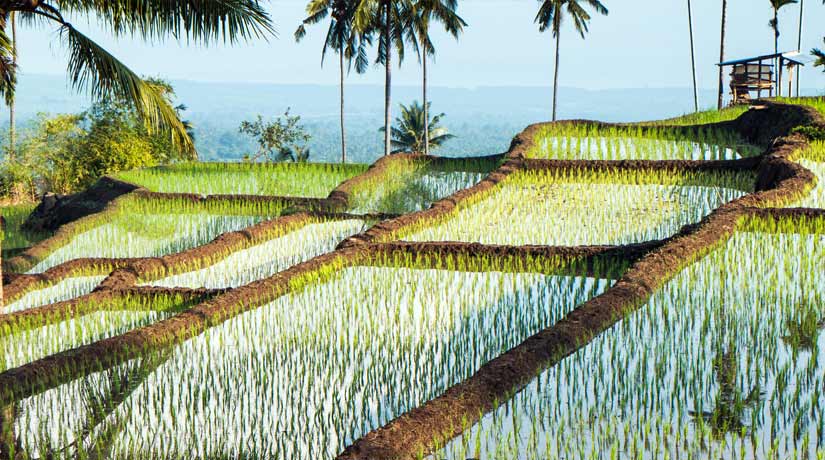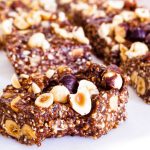
Gluten Free Living
How to Choose your Rice?
Rice is a type of cereal grain that is produced from either an Asian or African grass species. It is one of the most versatile foods and has been a staple for many cultures around the world for centuries.
In the west, rice is not commonly a part of the average daily diet, and is often avoided by those watching their weight due to the high carb/high calorie load. However, rice can be a great source of energy when eaten alongside a balanced diet with regular exercise and in the East, it is very much a staple part of the everyday family diet.
Here are the nine most common varieties of rice and how to best use them.
Brown rice is a whole rice that has only had the inedible outer hull removed, leaving the bran and the germ. This gives it a nutty and much deeper flavour than white rice, which has had these layers removed and is also much more nutritious. The bran and germ contain many minerals including magnesium, manganese, zinc, iron and phosphorus as well as a range of B-vitamins (however, some B vitamins are lost in the cooking). The bran also contains a large amount of fibre that is beneficial for our gut flora, essential fatty acids and protein.
Fragrant brown rice is narrow in shape and is similar in nutritional value to brown rice but with a slightly richer flavour. It is cooked the same as brown rice but is a longer grain so will tend to remain separate and fluffy making it a great rice for salads and paella.
Red rice and black rice are also types of whole rice and have the same properties of brown rice. Black rice however has additional qualities including being a source of iron and vitamin E and is super high in anti-oxidants. It is used traditionally to make porridge, noodles and bread and turns a beautiful deep purple colour when cooked. Both rices have a delicious earthy flavour and are great served with any meal.
Wild rice is actually a seed not a grain like other rices and has become popular due to its enchanting smoky flavour and its variety of nutrients. It is a very dark and slender seed produced from a type of semi-aquatic grass that grows in wetlands and is native to parts of America and China. Wild rice is higher in protein than other rice and is exceptionally high in cell-protecting, anti-aging anti-oxidants. Studies also show that consuming wild rice can significantly lower cholesterol and other blood fats. This gorgeous looking flavoursome rice is great in salads, in stuffed mushrooms and soups.
Glutinous rice is also called sticky rice as it becomes glue-like when cooked (though it does not contain gluten) and is popularly used in Asian cultures to make desserts, savoury buns and meat dumplings. It has a lower nutritional rating to brown rice due to the removal of the bran and germ but still contains many minerals and is great for making sushi.
Arborio rice is another short-grain white rice with glutinous qualities. When cooked the rice is round, chewy and creamy, perfect for risotto and rice puddings.
Jasmine rice is named after the jasmine flower and has a slightly sweet flavour when cooked. It is possible to buy brown Jasmine rice, which still contains the bran but it is far less common. White Jasmine has a high glycaemic index (GI), however, as with other high GI foods will decrease significantly when eaten with a high fibre and/or a rich protein meal. Jasmine has a slightly sticky texture when cooked and is ideal for stir-fries.
Basmati is known as an aromatic long grained rice that has a subtle but distinctively spicy flavour and has been cultivated in India for hundreds of years. It has a mid-range glycemic index making it suitable for diabetics and preferable over other types of white rice.
Whatever meal you are planning there is sure to be a rice to suit. Low-cost and highly versatile, rice is great for everyone from fussy eaters, those on budget and for those of you who love to be creative in the kitchen.
Enjoy your week in the kitchen,
Jesabe Warner
Naturopath, Affordable Wholefoods
Take a look at one of our favourite Rice recipes ‘Wild Rice & Quinoa Salad’.



















Leave a reply